10 Animals Found In North Korea
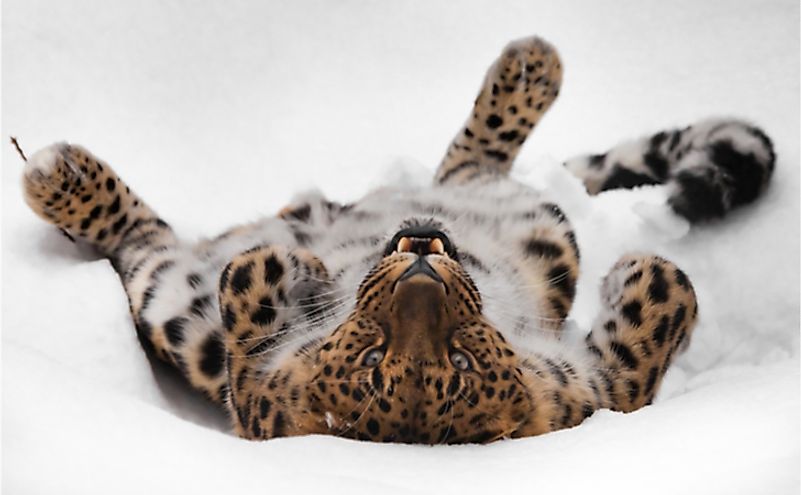
North Korea is among the most beautiful countries in the world, with sublime landscapes, culture, and exquisite animals. About 70% of the country is covered by forests that provide a natural habitat for several species of plants and animals. The animals of North Korea are native but not unique to the state; they are found across the Korean Peninsula into China and Russia. The demilitarized zone separating the North from the South has remained uninhabited, allowing the animals to thrive undisturbed. Due to restrictions of the highly secretive regime, researchers have not been able to survey the animals and determine their numbers, behavior, and diversity. The following are some of the animals of North Korea.
White-naped Crane
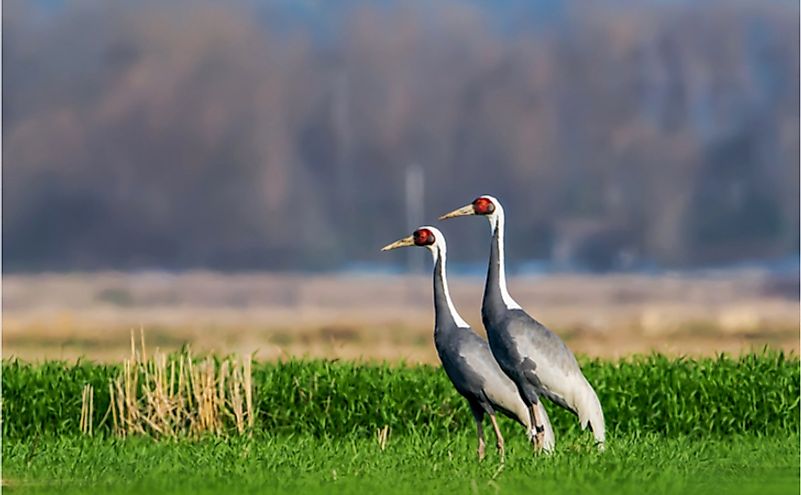
This crane inhabits the grassy marshes, reed beds, and wet meadows of the broad river valleys. The bird has a gray body, a white and greyish neck, pinkish legs, and a white head with red patches around the eyes. The migratory birds are found around the demilitarized zone where they assemble before heading to Japan to join other hooded cranes.
Asiatic Black Bear
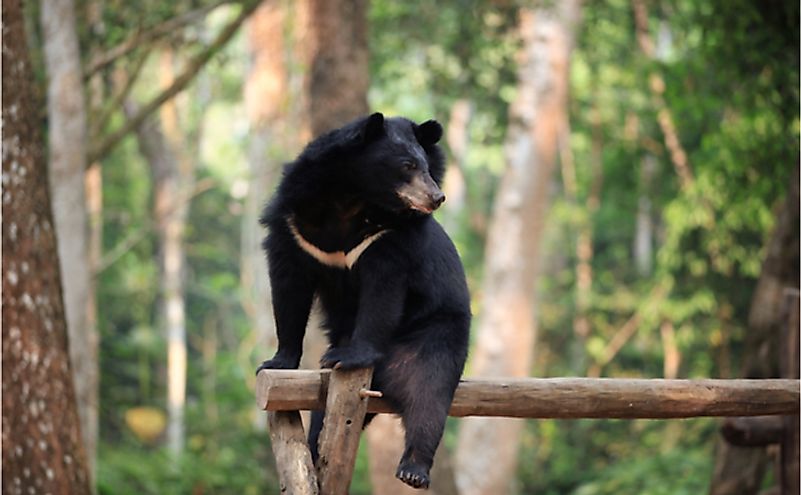
Asiatic black bears were recently spotted at the demilitarized zone as they migrated from South Korea to North Korea. The bear is characterized by a smooth black coat and a V-shaped white patch on the chest. The bears can be found in the densely forested mountainous regions along the border with China. Although the bear is considered threatened in South Korea, the North Korean population is relatively stable.
Lynx
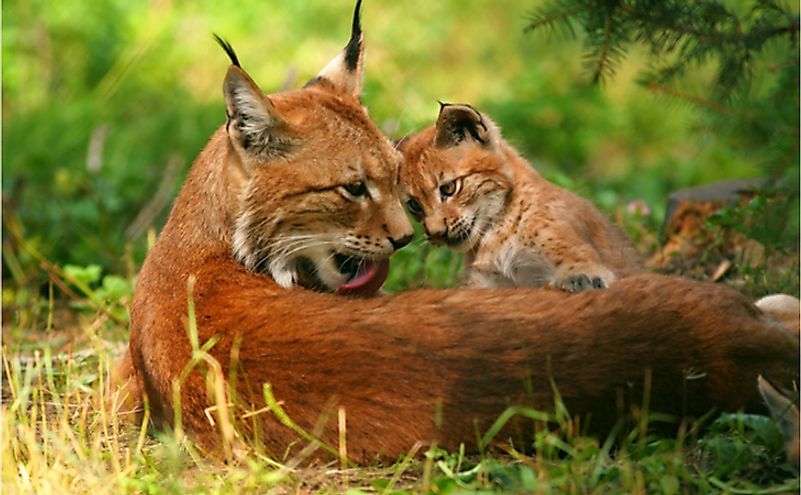
The Lynx is a solitary cat with thick fur that keeps them warm during the winter season. Its large paw is furry and wide to help the animal move faster in snow. The lynx inhabits the montane forest of North Korea. It avoids human contact and mostly hunts at night.
Kumgang Fat Minnow
The Kumgang fat minnow inhabits the oxygen-rich rivers of the mountainous Kangwon province. The minnow is about 2.76 to 3.15 inches long and is characterized by black spots on the dorsal fin. The fish feeds on insects and plankton and provide food for the local population.
Siberian Musk Deer
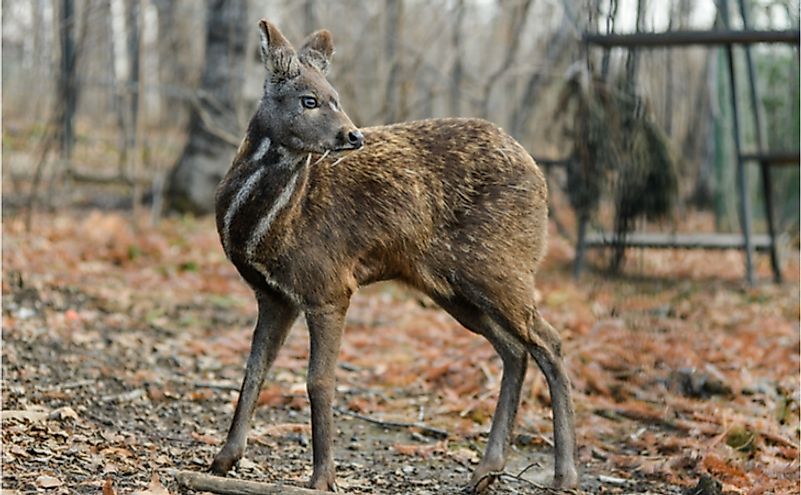
The Siberian musk deer inhabits the montane forest across Northeast Asia. Its small size allows it to hide and run faster than most predators. Although the animal has fangs, it is herbivorous and feeds on lichens, leaves, pine needles, and bark. The deer inhabits the forests of North Korea, across the DMZ into South Korea.
Korean Hare
The Korean hare is native to the Jilin Province of China and the Korean Peninsula. It inhabits the mountains and scrublands of North Korea while avoiding human settlements. It is categorized as of least concern due to its wide distribution.
Amur Leopard
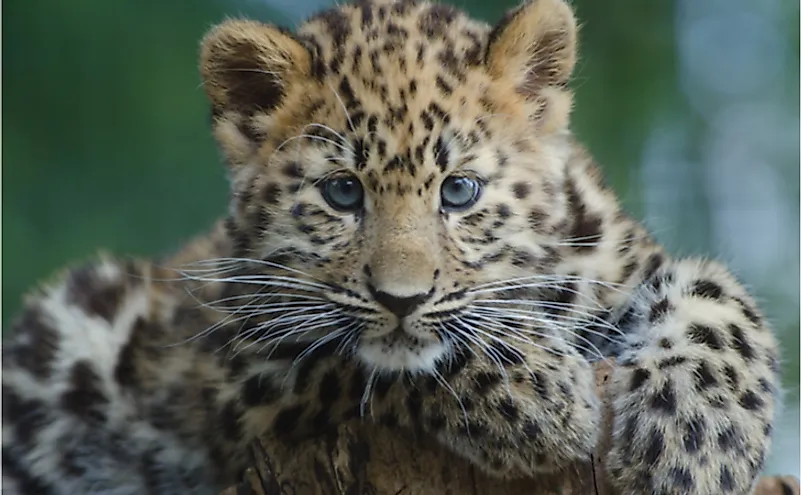
The Amur leopard is the rarest of the big cats, it was once found throughout the Korean Peninsula, but it was driven to near extinction by mass poaching and decades of war. The animal inhabits the dense forests, especially the DMZ. There are about 70 individuals in the wild and several zoos across the world.
Korean Crevice Salamander
The Korean crevice salamander inhabits the limestone forests of the Korean Peninsula. It is the only salamander without the lungs in Asia. The amphibian is widely distributed across the peninsula, but it is not well studied. It can be found hiding under rocks in wetlands and along riverbanks.
Korean Goral
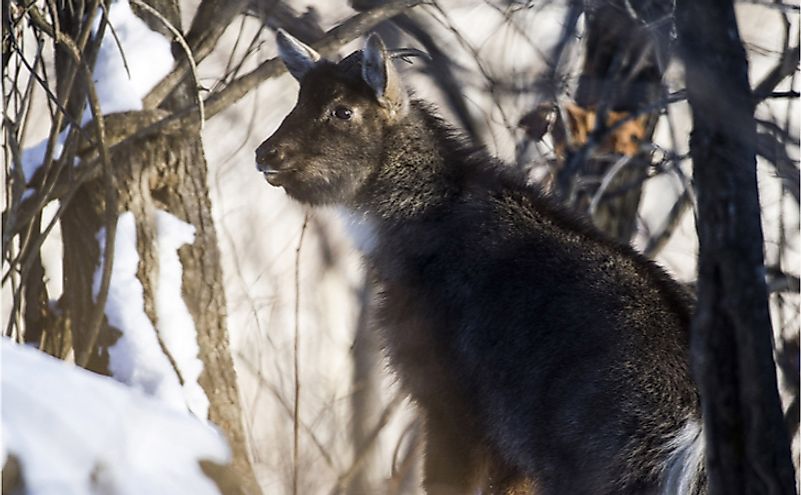
The Korean Goral is a species of the wild goat with short thick legs, a short neck, and pointed horns and tiptoes. These animals inhabit steep rocky mountains away from predators. Despite their elusiveness, they are hunted for food and trophy. About 700 individuals are found in North Korea.
Common Minke Whale
The minke whale is a widely distributed species. It is found in the oceans of the Korean peninsula, where it is a permanent inhabitant. The North Korean population has declined drastically due to illegal poaching and the inability of the government to protect the species.











